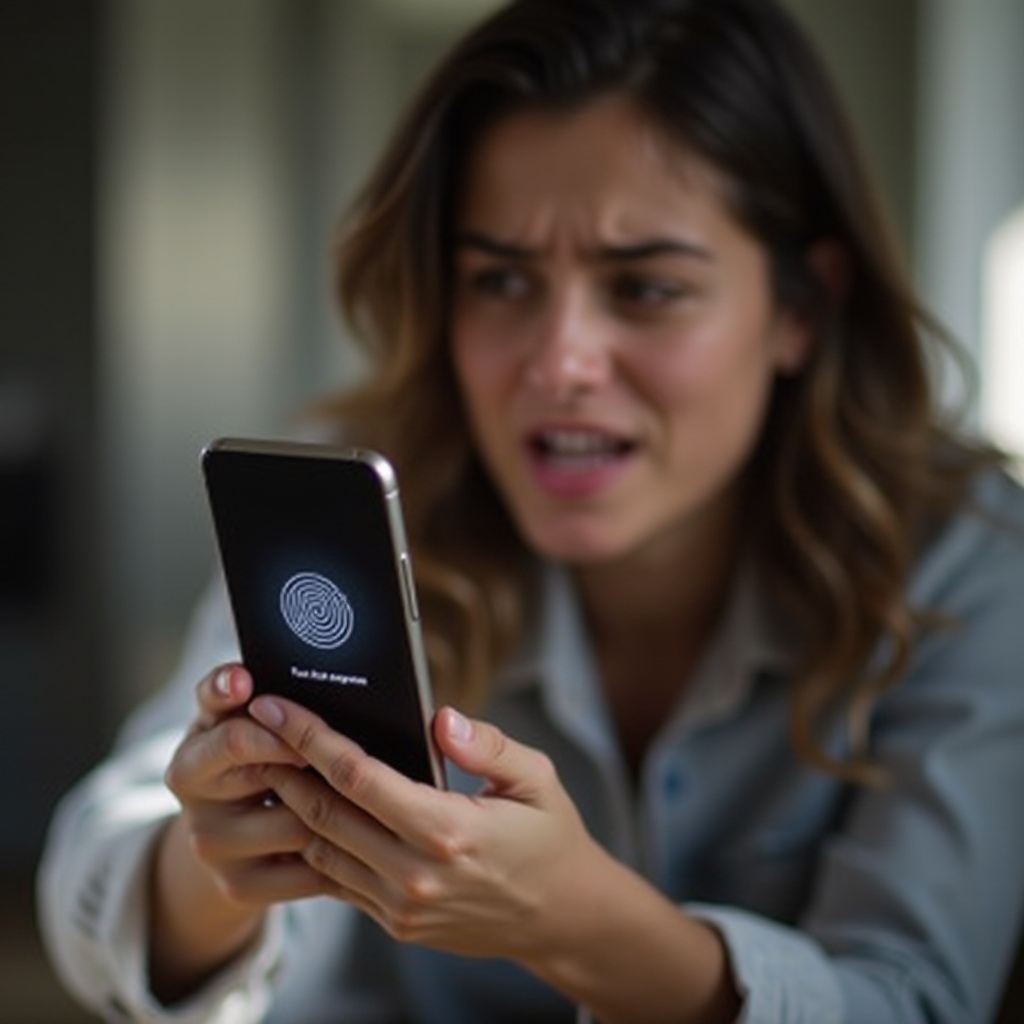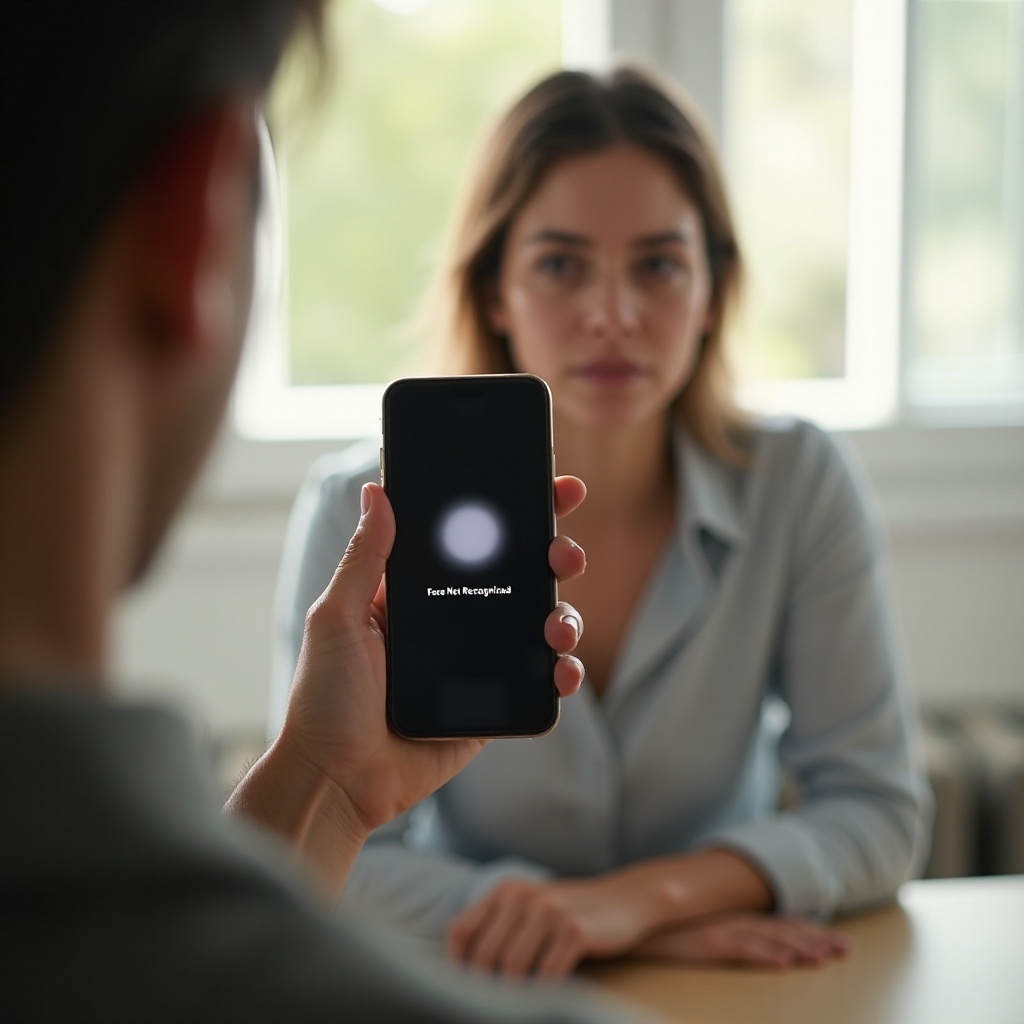Solving Face ID Problems: Why My iPhone Doesn’t Recognize My Face
Introduction
Face ID technology has transformed the way iPhone users secure their devices, offering both security and convenience with the touch of a button—or, in this case, the glance of a face. However, despite its advanced design, some users experience challenges when their iPhone refuses to recognize their face. These hiccups can be particularly frustrating, especially when you’re in a hurry. This blog will delve into the usual culprits behind Face ID failures and propose effective strategies to enhance its performance. By comprehending the technology behind Face ID and addressing its potential shortcomings, you can ensure a smoother, more reliable interaction with your iPhone every day.

Understanding Face ID Technology
The secret behind Face ID’s success lies in its sophisticated combination of infrared cameras and neural networks. This technology projects over 30,000 invisible dots onto your face to map a unique profile for you. It’s designed to adapt subtly to small changes in appearance, be it new makeup, a recent haircut, or the growth of facial hair. However, despite these adaptive measures, the technology isn’t infallible and can encounter occasional errors. Appreciating the intricacies of Face ID is your first step toward troubleshooting its failures and minimizing future disruptions. By gaining insights into its components, you lay the foundation for resolving issues that might arise as your device ages.
Common Causes of Face ID Failure
Multiple factors can prevent Face ID from recognizing your face correctly. Incorrect alignment is one of the most frequent issues; if you hold your iPhone at an awkward angle, this can hinder the sensors from capturing your whole facial profile. Additionally, environmental conditions matter. Extreme levels of darkness or brightness can interfere with infrared sensors. Changes in your appearance, such as new eyeglasses or hairstyles, might confuse the iPhone’s identification system. Software glitches also contribute to these issues, as an outdated iOS might lack essential updates that could bolster Face ID detection capabilities. Identifying the root cause of these issues is vital for taking the correct actions to improve Face ID’s reliability.
Quick Fixes to Improve Face ID Recognition
Often, resolving Face ID issues begins with simple adjustments:
-
Correct Position: Hold your iPhone at arm’s length, ensuring it is centered in front of your face.
-
Lighting Conditions: Adjust your environment’s lighting; aim to avoid overly dim or overly bright settings which could impede sensor accuracy. Face ID adapts to various lighting but needs balanced conditions to work best.
-
Appearance Alerts: Update your Face ID settings when making significant appearance changes, such as new makeup or growing a beard, which might confuse recognition.
-
Clean Your Camera: Smudges or dirt on the TrueDepth camera can reduce sensor effectiveness, hindering Face ID recognition.
-
iOS Update: Keep your device updated to the latest iOS version to eliminate potential software glitches. Taking these straightforward steps can greatly enhance Face ID’s reliability, streamlining your daily device interactions.

Advanced Solutions for Persistent Face ID Problems
If Face ID problems persist, more advanced solutions may be necessary. Start by resetting your Face ID in the settings to create a fresh facial profile, thus removing potentially outdated mappings. If hardware issues are suspected, consulting Apple Support might be needed to diagnose and replace damaged components. Another solution involves turning off the ‘Attention Detection’ feature within Face ID settings when the system struggles with recognizing details of your attentiveness. Regularly calibrating your device’s sensors is also important to maintain optimal functionality. By employing these tactics, more stubborn Face ID challenges can be effectively resolved, thus restoring confidence in this cutting-edge technology.

Optimizing Face ID Performance: Tips and Tricks
Improving Face ID performance is plausible through multiple strategic approaches. Updating iOS consistently ensures protection against emerging vulnerabilities while refining recognition algorithms. Personalize your settings—using ‘Alternate Appearance’ to add new facial contours can significantly boost accuracy. Maintaining a suitable operating temperature for your device is crucial too, as overheating could impair sensor performance. Applying these tips allows you not only to enhance Face ID efficacy but also to extend the life of your device, ensuring a seamless and enjoyable user experience.
Conclusion
Face ID stands out as a complex yet essential feature that enhances security and convenience for iPhone users. By understanding its underlying technology, diagnosing common issues, and implementing a spectrum of solutions, users are well-equipped to tackle recognition difficulties. Armed with the right knowledge and strategies, you can maximize Face ID performance, guaranteeing it functions reliably and safely at all times.
Frequently Asked Questions
Can Face ID work in low-light conditions?
Yes, Face ID uses infrared technology to function in low-light environments; however, extreme darkness may impact accuracy. Adjusting settings or improving lighting can help.
Is Face ID secure for online transactions?
Face ID is highly secure for online transactions, using advanced encryption protocols to ensure that facial data remains private and protected against unauthorized access.
How often should I update my iOS for optimal Face ID functionality?
Regular updates are essential to maintain optimal Face ID performance. Each update typically includes security enhancements and bug fixes that improve reliability. Checking for updates monthly is advised.
